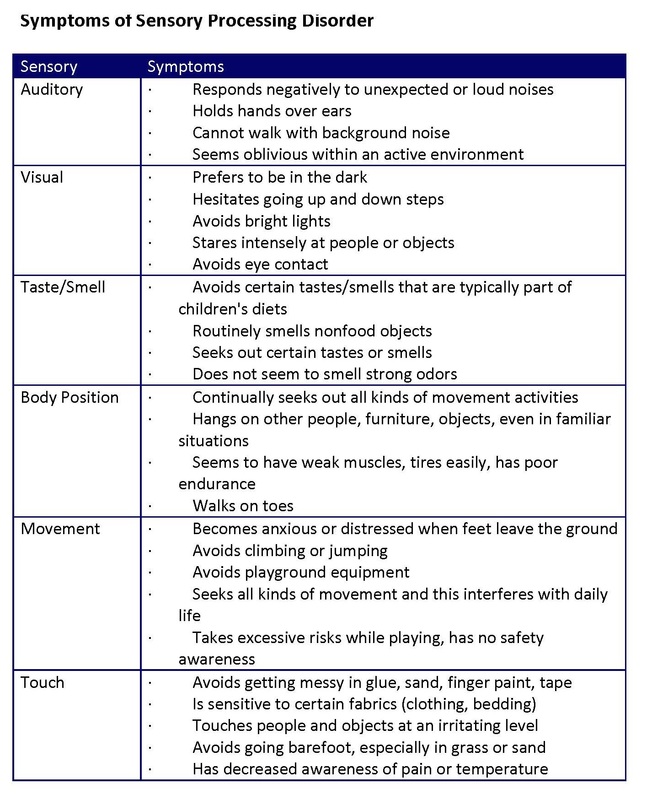

allow and accept uncomfortable emotions.On your own or with the help of a mental health professional, you can develop skills to: This is where an extra helping of emotion regulation skills may come in handy. accomplishing tasks when you’re feeling low.feeling “out of control” about your emotional responses.
#Auditory sensory overload symptoms how to
knowing how to respond to your emotions. identifying and accepting your emotions. Signs sensory overload and anxiety are causing trouble with emotional regulation include difficulty: Research from 2014 suggests that because being highly sensitive can make you more aware of emotional and physical discomfort, it can be a lot harder to manage these feelings and reactions, which can quickly become overwhelming. Relaxation practices also help soothe your nervous system, meaning they may relieve some of the physical effects of overstimulation. aromatherapy (if the scent isn’t adding to the overload). When you’re feeling overstimulated, it could help to try: Relaxation techniques can help you manage two responses to sensory overload: strong emotions and anxiety. For example, you might bring noise-canceling headphones or sunglasses to help minimize some overstimulation. Even then, planning ahead could help you reduce their sensory impacts. Still, you’ll sometimes need to be in environments that are more likely to cause sensory overload. For example, you might choose to work from home if that’s an option for you. It could also help to make as many of these adjustments as possible at work or wherever you spend a lot of time. using forms of lighting that are gentle on the eyes, like lamps. choosing comfortable or loose-fitting clothes. Higher sensitivity just means you’re part of a smaller subsection of people, and most environments might not be constructed with you in mind.Ĭhanging your environment to match the level of sensory input you’re most comfortable with could look like: 
This doesn’t mean avoiding important tasks - it just means making your environment work for you. Reducing triggers in your day-to-day life is one way to lower your chances of experiencing sensory overload. So, while exposure therapy may be a helpful tool for overcoming some forms of anxiety, it may be less likely to override anxiety that stems from developmental differences.

This is because high sensitivity isn’t learned - instead, it’s a trait that comes with specific brain differences. When sensory overload and anxiety overlap, you may need to handle symptoms differently than if you were experiencing anxiety without high sensitivity. scents including chemicals and perfumes.bright lights, chaotic movement, or a cluttered environment.Sensory overload can cause strong emotional and physical reactions to: Many anxiety disorders, but particularly generalized anxiety disorder, have been linked to sensory processing issues. People with PTSD may experience more sensory overload and anxiety in response to sensations that remind them of past trauma. Experiences of trauma that cause PTSD can create more hypervigilance, or awareness of your surroundings.
 Post-traumatic stress disorder (PTSD). People with all types of ADHD may also experience higher rates of sensory overload than people without neurodevelopmental conditions. Attention deficit hyperactivity disorder (ADHD). Autistic people are more likely to experience both SPD and anxiety. It involves either much higher or much lower responses to sensory input than most people experience. SPD is usually diagnosed in childhood, although adults can also get a diagnosis. Being highly sensitive is a personality trait, with about 1 in 5 people fitting into this category. People with higher levels of SPS, or heightened awareness and reactions to their environment, are also known as highly sensitive people. While anyone can experience sensory overload on its own, it’s also connected to specific traits and conditions: Sensory overload is a broad term that generally means one or more of your five senses has become overstimulated.
Post-traumatic stress disorder (PTSD). People with all types of ADHD may also experience higher rates of sensory overload than people without neurodevelopmental conditions. Attention deficit hyperactivity disorder (ADHD). Autistic people are more likely to experience both SPD and anxiety. It involves either much higher or much lower responses to sensory input than most people experience. SPD is usually diagnosed in childhood, although adults can also get a diagnosis. Being highly sensitive is a personality trait, with about 1 in 5 people fitting into this category. People with higher levels of SPS, or heightened awareness and reactions to their environment, are also known as highly sensitive people. While anyone can experience sensory overload on its own, it’s also connected to specific traits and conditions: Sensory overload is a broad term that generally means one or more of your five senses has become overstimulated.








 0 kommentar(er)
0 kommentar(er)
